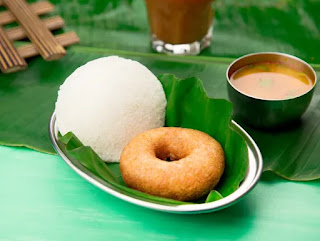Peda: The Quintessential Indian Sweet with a Rich Legacy

Peda is one of the most beloved sweets in India, known for its rich, creamy texture and melt-in-the-mouth goodness. This classic Indian dessert, made primarily from khoya (reduced milk), sugar, and flavored with cardamom, is synonymous with celebrations, religious offerings, and joyous occasions. Whether you encounter it at a festive gathering, in a temple, or as a special treat at home, Peda holds a special place in the heart of Indian cuisine. The Origins of Peda The origins of Peda are deeply rooted in Indian culinary history. While its exact beginnings are unclear, it is widely believed that Peda originated in the northern regions of India, particularly in the states of Uttar Pradesh and Gujarat. Mathura, a city in Uttar Pradesh, is especially famous for its Pedas, known as Mathura Peda. The sweet is closely associated with the region's religious and cultural practices, particularly in connection with the worship of Lord Krishna. In Mathura, Peda is often offered as prasad (a r...





